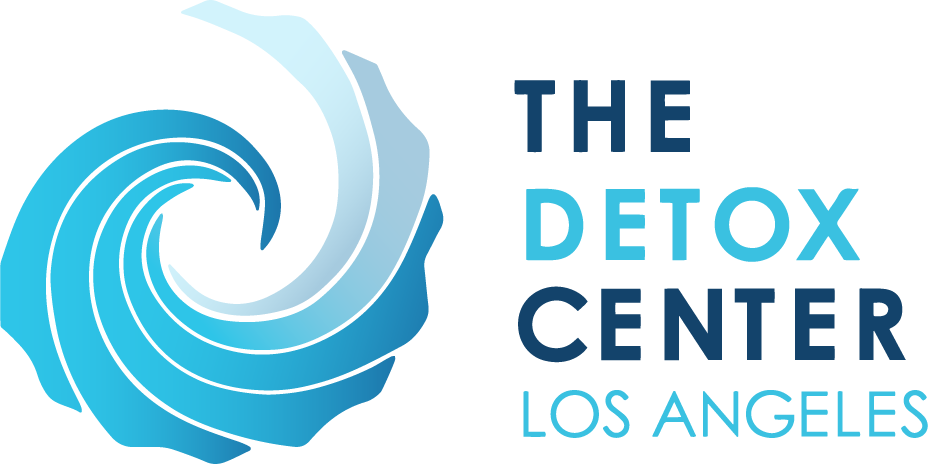Opioids, also called opiates, are narcotic drugs made from the opium poppy plant and are prescribed to treat moderate, severe, or chronic pain. But abuse of these drugs led to the opioid epidemic in the US.
Fentanyl is one of several prescription opioids that are misused and abused by millions of American men and women. It is sold and used illicitly and goes by various street names including Apache, Jackpot, and China Girl. Fentanyl Addiction is considered the deadliest of all opioids when abused. The hallmarks of this particular drug are its potency and highly addictive nature.
If you or a loved one is addicted to this drug, you should never attempt to detox or withdraw on your own. Severe withdrawal symptoms pose a high risk of relapse and overdose and, possibly, fatality. Instead, you should seek professional help from a qualified treatment center.
Addiction to Fentanyl
It is quite easy to get addicted to this drug compared to using other opioids. Being addicted means you engage in the habit of compulsively seeking and using the drug regardless of the negative effects on your physical and mental health. For this reason, drug abuse is classified as a chronic disease that affects the brain and needs medical treatment.
This powerful pain reliever is supplied as long-acting or extended-release tablets to treat chronic pain. It has a longer half-time unlike other opioid medications such as codeine, oxycodone, or hydrocodone. This means it stays longer in the bloodstream and suppresses withdrawal symptoms for a longer period than other opiates. Owing to its potency, it is also easier to develop a tolerance for this drug compared to other opioids.
Addiction Risk Factors
Taking larger doses than prescribed or using the painkiller frequently will result in a build-up of the drug in the bloodstream thereby increasing the chance for dependency, addiction, and overdose. As with other prescription opioids, destroying the tablet to take it via the nostrils or through a vein is a highly dangerous practice.
Taking the pills in a crushed form or dissolving it into a solution for injection (illicit use) transforms it from a slow-release to a fast-acting drug. In addition to manipulating the drug to make it act faster, some users mix it with cocaine or heroin to get a higher “high.” Overdose deaths have occurred as a result.
Why Abusing Fentanyl is So Dangerous
The Centers for Disease Control and Prevention (CDC) says this painkiller is about 80 times more potent than morphine and 100 times more potent than heroin. Its potency increases its risk of dependency, overdose, and fatality when used in a form or manner other than was prescribed. Present dangers of abusing the medication also include health complications from long-term use.
The medication acts on the natural opioid receptors in the brain triggering the release of a chemical called dopamine. It inhibits pain while creating a sense of relaxation accompanied by a euphoric high. The desire to feel this euphoria over and over again leads to overuse, abuse, dependency, and then addiction. Abusing the drug is dangerous and deadly because excessive dopamine release increases heart rate and slows down breathing. Taking too much of it or taking it directly into the bloodstream can stop breathing and result in death.
Fentanyl Addiction Symptoms
If you believe you’re addicted to this opioid pain reliever or suspect a family member or loved one is abusing the drug, here are some symptoms to look for to help determine addiction:
Physical Symptoms
- Nausea, vomiting, or diarrhea
- Racing heartbeat
- Dizziness
- Fatigue
- Slowed breathing
- Swelling in the hands and feet
- Seizure
Behavioral Symptoms
- -Using medication prescribed to a family member or friend
- Taking more of the drug than prescribed
- Aggressive, reckless, or erratic behavior
- Social isolation or withdrawal
- Restlessness or agitation when you can’t get the drug
- Borrowing or stealing money to buy the drug
- Using the drug in a manner other than directed, e.g., ingesting the crushed tablet
Cognitive Symptoms
- Intense cravings
- Difficulty concentrating
- Preoccupied with thoughts of finding more of the drug
Psychological Symptoms
- -Anxiety
- -Depression
Fentanyl Withdrawal Symptoms
Strong, sometimes overpowering cravings and avoiding the very unpleasant and painful withdrawal symptoms associated with abuse can make it extremely difficult to quit this drug on your own.
These same withdrawal symptoms develop during detoxification at a treatment center. Their severity varies from patient to patient and depends on factors such as level and method of use, the severity of the fentanyl addiction, and the presence of co-occurring mental health disorders. For example, depression or anxiety. The usual symptoms include:
- Body aches and pains
- Runny nose and watery eyes
- Nausea, vomiting, or diarrhea
- Abdominal cramping
- Dilated pupils
- Fever or chills
- Fatigue
Fentanyl Addiction Treatment
Professional opioid addiction treatment involves various stages designed to uncover and treat the cause of addiction and lower your risk of returning to drug abuse. It can be done at an inpatient or outpatient rehab. During evaluation and intake, the physical and mental health staff will determine the level of treatment you require. Inpatient or residential facilities provide a safe environment for withdrawal with 24-hour medical help to manage severe or life-threatening post-acute withdrawal symptoms (PAWS).
Detoxification
The process of purging the drugs from the body is called detoxification. Withdrawal symptoms will kick in during this period. A professional rehab center will provide you with an opportunity to withdraw safely while being monitored by their team of physicians and mental health specialists. Therapists and counselors can provide emotional support for severe psychological symptoms when they do occur.
Medications may be administered to help reduce cravings and get you stabilized. Prescription strength opioids are usually used to assist patients going through opioid detox. These drugs work by preventing or reducing withdrawal symptoms such as pain and overpowering cravings. They are effective in blocking the same opioid receptors in the brain that produce euphoria and prevent them from giving you a “high.”
Therapy
Mental health disorders such as depression, anxiety, or personality disorder are usually associated with drug addiction. To provide comprehensive treatment and a greater chance for successful recovery, mental health therapy is required. Cognitive Behavioral Therapy (CBT) is commonly used to treat drug addiction. It is conducted by a therapist who will help you uncover the reason you turn to substance abuse.
CBT challenges your belief system and distorted ways of thinking. The main objective is to effect behavioral changes that help you adopt positive thinking and healthy ways to deal with life stressors and mental health issues. These healthy coping mechanisms can help you manage substance use triggers once you return to your home, work, and social environments.
Other supplemental treatment programs usually make up the treatment plan and could include:
- Family therapy
- Stress management
- Relapse prevention planning
- Holistic therapy involving sports, exercise, or mediation
- Occupational skills training
- Group therapy
- 12-step programs
- Medication management to treat underlying psychiatric disorders
Getting Professional Addiction Treatment At The Detox Center of L.A.
Abuse of this prescription drug is dangerous and deadly. It is also difficult to quit using. At The Detox Center of L.A., we’ve designed special treatment programs to help you recover safely. Our highly trained medical and mental health team will give you the support and assistance you need to gradually taper off the drug. Once you’re stabilized, you can transition to therapy all within a safe and compassionate environment. You can begin your addiction-free journey today by contacting us to find out more about our programs and admissions.
Verify Your Insurance Now
Verify your insurance in 5 min!





